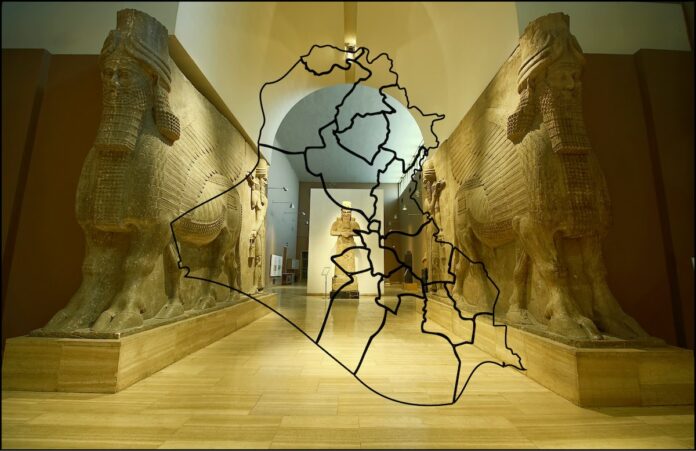Ahmed khadair hussain – Director of the Social Studies Department at Al-Bayan Center for Studies
Introduction
The cultural impact index provides a measurement based on the impact of the cultural heritage (ceoworld), regardless of political, economic, or military issues, noting that cultural heritage acts as a stand-alone main feature, in the sense that the heritage of any country is a remnant of its authentic culture, its historical struggles, has a major role in attracting tourists from all over the world, and the Cultural Heritage index is measured by its global impact within ten features of countries, and these features are cultural importance in terms of (entertainment, fashion, happy life, owning an influential culture, owning strong consumer brands, modernity, and the prestigious status, and the”trend”).
The cultural impact index is distinguished from other measures related to measuring development indicators on non-economic, political, and military dimensions, and a measurement approach based on results indicators, on a scale of (1-100) according to the following: giving each individual indicator an equal weighting within each of the nine categories with some indicators consisting of (2-3) sub-indicators also weighted equally. (Each category was weighted equally to reach the overall index), forming a committee to review data points drawn from sources such as (global insight), the World Economic Forum, the Global Gender Gap Index, the Environmental Performance Index, The Better Life Index, the CIA World Factbook, the World Bank, the annual report of the United Nations Development Program, as well as using information from (ceoworld); to compare the best countries in the world in terms of the impact of cultural heritage, and based on the meeting of these sources, judged the final choice of cities of the year. The question that this paper is trying to answer is: why is Iraq outside the cultural influence index What is the purpose of its existence and how does it measure it Relying on the data and indicators issued by the index.
Location of countries in the index
Italy tops the global ranking in the index, followed by Greece, Spain, Switzerland, Germany, Portugal and Japan, among the countries ranked according to the index, and the United Arab Emirates ranks (14) according to the index, followed by Qatar (29), Saudi Arabia (36), Morocco (38), Bahrain (53), Jordan (58), Lebanon (60), Tunisia (61) and Oman (75), while Iraq is outside the cultural influence index, i.e.: this index includes the countries of the Middle East.
It is noticeable that some countries achieve high levels in the cultural impact index more than others, because they believe that the elements (entertainment, fashion, happiness, influential culture, brands, modernity, prestigious status) actively contribute to achieving the highest levels of cultural impact, as Italy ranks first in the index by (100%), depending on the characteristics of cultural impact, for example, with regard to fashion is rising in Italy, by (100%), followed by brands, as it is rising in the United States by (100%), and Japan is preoccupied with modernity by (100%), while the UAE ranks first in the prestigious position with a percentage of (100%), while Egypt came Ranked first in terms of influential culture by (100%), the main results of the cultural impact index shows:
Italy is the best performing country this year among the global results in terms of fashion and trends.
The United States is the best among the countries in terms of trademarks and brands and is the first among the countries of the world.
The UAE comes out as the best among the countries in terms of prestige.
Egypt is the world’s best in terms of an influential culture.










